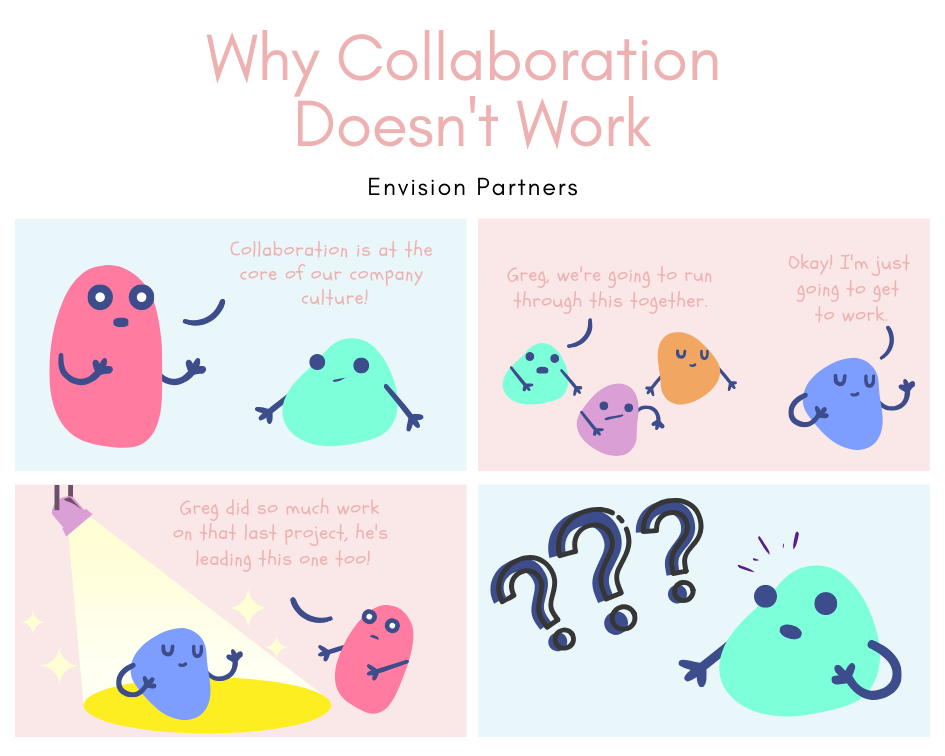Slow Down to Reduce Bias
It is a competitive advantage to recognize, value and leverage the diversity and differences that exist within an organization. Greater inclusion in the workplace has been shown to drive higher engagement levels and performance which in turn always support business goals.
Unfortunately, differences are not always embraced. Managers often lead through the lens of several types of unconscious bias. An unconscious bias relates to the attitudes, beliefs and opinions about people that operate outside our awareness, yet they have a significant impact in determining our judgement and our behavior towards others. Biases are formed through culture, personality, and individual and work experiences. While a bias is not necessarily a problem, it can become one if it prevents a leader from behaving in an impartial way.
Here are four types of commonly occurring biases that can have a significant impact on achieving business goals:
Each individual; each situation is unique. However, our brains are not wired to think of people or situations as individually unique. It is stated that at any moment we are being hit with some 11 million pieces of information. Our mind can only process 40 pieces at a time. Our brains are just not wired to automatically detect and respond to the many aspects that make each person and situation different. The source of our thinking speed is the that our brains automatically sort and group the incoming data. (For example, read about typoglycemia and try it for yourself.) When we approach a new situation, our brain uses past experiences to make assumptions and does so very fast—without (conscious) thinking. This is the source of unconscious bias. Of course, these assumed correlations (in contrast to causations) are usually wrong. But we do it anyway.
Toward our limited capacity, and to simplify communication, we openly create these categorizations about generations, about cultures, leaders, where you grew up, and we do it about gender. Intellectually, we know these generalizations are about as wrong as they are right. The differences of communication style, negotiation and persuasion skills and relationship building are as much the same in any two groups as they are different. Yet our generalizations persist.
The key to keeping balance between our limited brain capacity and the truth is for each of us to admit we have and then challenge our unconscious biases.
Unconscious bias does not apply only to women and to men. It’s too easy to dismiss gender issues by bringing up other generalizations about race, culture or education, to name a few. And you would be right. We need to pay attention to those unconscious biases too. But the lessons learned from current conversations on gender bias might give us insight to working better on our own unconscious bias in this space and other places where we differ from our work colleagues.
Until we get build or evolve better mental processes, we need to consciously challenge our unconscious biases. One business case for paying more attention to gender bias is that a full half of our workforce is—that is, could be women, but it is not. And no matter the type of unconscious bias, we leaders are missing something that could improve our business outcomes.
From my viewpoint, there are many examples of women proactively working to improve/adjust skills to better relate to male colleagues. (Can you read all of those generalizations?) Men are doing the same, and I recommend, “One: How Male Allies Support Women for Gender Equality”, by Julie Kratz.
How do we work through unconscious bias? By doing just that–let more sentences end with question marks. Yes, slow down our brain and take in more and better data by actually asking questions to get new and probably more correct information about the other person. Toward gender bias, I again cite Julie Kratz:












A 3-step process to help you and your employees create lasting behavioral change.